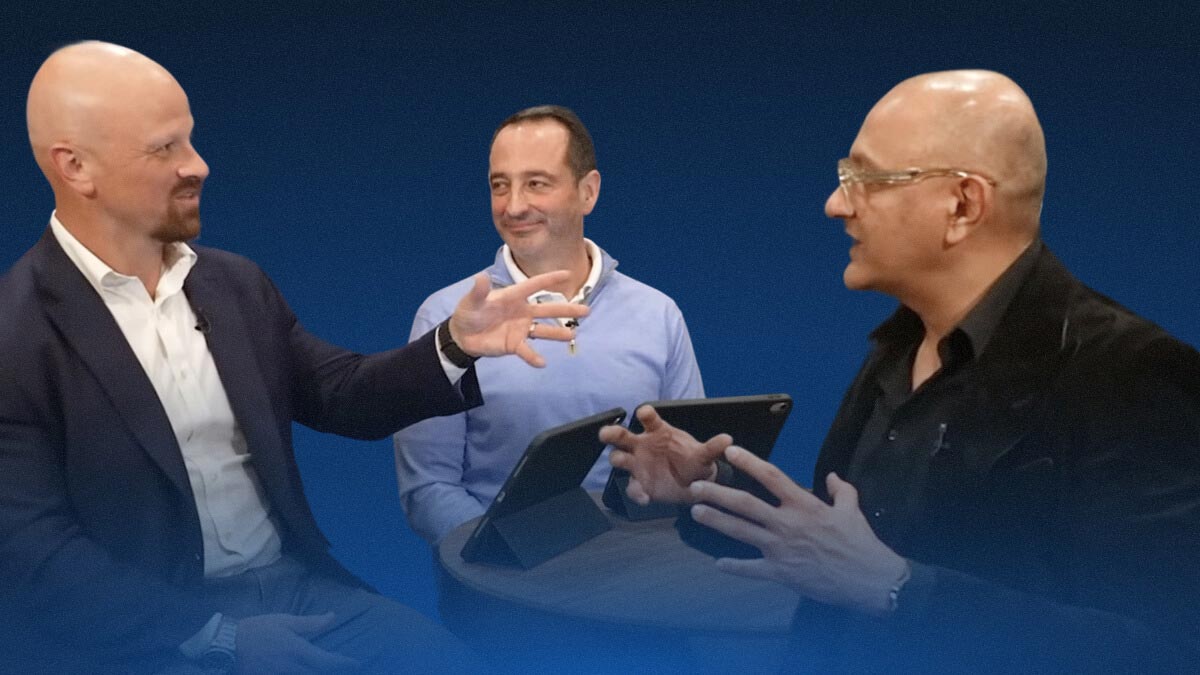Catalyst 5000 Family Ensures Quality of Service for Voice Traffic Across Both LANs and WANs.
- More information on the Catalyst 5000 Family of Multilayer Switches
- Cisco Systems Rolls Out a New Class of Multi-Gigabit Application-Aware Enterprise Switches
SAN JOSE, Calif. -- January 25, 1999 -- Cisco Systems, Inc. today announced that the Catalyst 5000 series and Catalyst 5500 series are capable of supporting voice and IP telephony through new optimized ASIC-based hardware and intelligent software that provides extensive quality of service (QoS) for advanced voice applications across both local and wide area networks. This announcement is a key element in Phase IV of Cisco's five-phase multiservice strategy. These new options give customers increased flexibility and greater control over the network so that delay-sensitive voice traffic can be delivered through a wide range of infrastructure devices.
The key components that allow voice to be switched in the LAN by the Catalyst 5000 family are voice-enabled ASICs on the NetFlow Feature Card II for the Catalyst Supervisor III engine. This element provides the ability to recognize, classify and prioritize voice traffic at Layers 3 and 4. This higher layer classification is necessary to preserve traffic integrity across the LAN and WAN infrastructure. In the WAN, the Cisco Route Switch Module running new Cisco IOS. 12.0 software can set up, maintain and monitor voice traffic. To increase the reliability of the data infrastructure, Cisco has also enhanced its Catalyst system software to greatly improve failover times and resiliency.
"Customers are looking for insurance when it comes to building an infrastructure that supports voice," said David Passmore, research director of NetReference Inc. "Cisco's high end Catalyst family can offer the performance, flexibility and longevity they are looking for."
Advanced, mission-critical applications like voice are finding their way onto sophisticated Intranets to streamline infrastructures, reduce costs and provide users with easy access to corporate resources. As a key attribute of an intelligent network, QoS must be monitored throughout the network. Cisco's end-to-end QoS provides better and more predictable network services by ensuring dedicated bandwidth, controlling jitter and latency, and improving loss characteristics to support applications like voice. With these capabilities, users are able to expand their current infrastructure and smoothly migrate to an advanced network utilizing Cisco solutions.
By deploying any one of the five Catalyst 5000 family members (ranging from the 2-slot Catalyst 5002 to the 13-slot 5500) coupled with the NFFC II and embedded software intelligence, customers can identify voice applications and classify this traffic with the appropriate priority level.
The NFFC II enables a wiring-closet Catalyst 5500/5000 series switch to be a QoS edge device that is application aware and enables admission control at the network edge to prevent unauthorized applications from being allowed on the network. The NFFC II can also classify user data as high or low priority, based upon physical source port, source/destination Media Access Control (MAC) address, or network and transport-layer source/destination addresses.
Because of these advanced features and capabilities, Cisco's Catalyst 5000 family will continue to lead the industry with intelligent, high-density wiring closet solutions. When the Catalyst 5000 family is used in conjunction with the Catalyst 6000 family in backbone/ distribution layers (please refer to today's announcement entitled "Cisco Systems Rolls Out a New Class of Multi-Gigabit Application-Aware Enterprise Switches") or the Catalyst 8500 series in the network core, the Catalyst platform becomes a powerful solution enabling one unified architecture for data, voice and video integration.
Voice has also been enabled on the Catalyst 5500 series through the use of circuit emulation services (CES) on Cisco's enterprise ATM solutions. Through CES, network administrators can directly connect to an external PBX and run voice traffic over an ATM data infrastructure.
As customers continue to evaluate their current PBX infrastructure and the costs associated therewith, Cisco is providing an alternative. Together with the Catalyst series, Cisco's recent acquisition of Selsius Systems (please refer to press release from October 14, 1988 entitled "Cisco Systems to Acquire Selsius Systems, Inc." for further details) provides a way for customers to re-architect their voice system into a distributed, open, lower-cost communications infrastructure.
The Selsius acquisition provides key components for Cisco to offer alternatives to the traditional, closed, proprietary PBX. Cisco's server-based call management technologies coupled with IP telephones across a Cisco multiservice network infrastructure provide more scalable, flexible telephony capabilities at a lower cost. Cisco's strategy is to continue lowering overall system costs while improving system availability. For example, the EtherChannel. link failover time and supervisor engine failover times have been improved to be in the sub-second range.
These hardware, software and reliability features enable nearly 20 million Catalyst 5000 ports installed today to efficiently carry voice traffic with the Catalyst networks of the future.
Availability
Catalyst system software, the NetFlow Feature Card II, Cisco IP telephony solutions and Cisco IOS 12.0 software are available and shipping now.Cisco Systems
Cisco Systems, Inc. (NASDAQ:CSCO) is theworldwide leader in networking for the Internet.For more information visit Cisco PR Contacts
Catalyst, EtherChannel, LightStream, Cisco, Cisco IOS, Cisco Systems and the Cisco Systems logo are registered trademarks of Cisco Systems, Inc. in the U.S. and certain other countries. All other trademarks mentioned in this document are the property of their respective owners.



